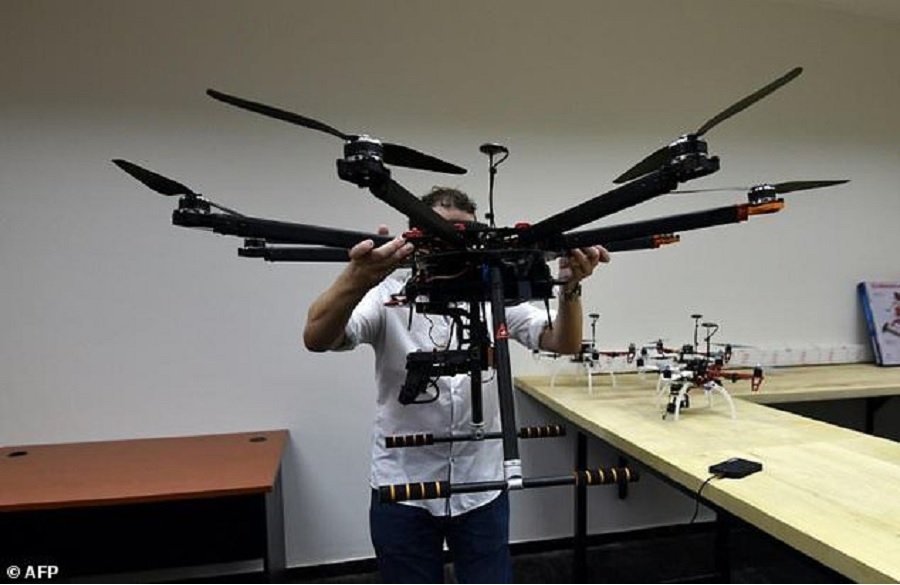 |
| Healthy rice grains |
An international team led by the University of
Exeter showed that chemical genetic inhibition of a single protein in the fungus stops it spreading inside
a rice leaf - leaving it
trapped within a single plant cell.
The finding is a breakthrough in terms of
understanding rice blast, a disease that is hugely important in terms of global
food security. However, the scientists caution that this is a
"fundamental" discovery - not a cure that can yet be applied outside
the laboratory.
The research revealed how the fungus can
manipulate and then squeeze through natural channels (called plasmodesmata)
that exist between plant cells.
"This is an exciting breakthrough because we
have discovered how the fungus is able to move stealthily between rice cells, evading recognition by the plant
immune system," said senior author Professor Nick Talbot FRS, of the
University of Exeter.
"It is clearly able to suppress immune
responses at pit fields (groups of plasmodesmata), and also regulate its own
severe constriction to squeeze itself through such a narrow space.
"And all this is achieved by a single
regulatory protein. It's a remarkable feat."
 |
| Rice field with rice blast |
Rice blast threatens global food security,
destroying enough rice each year to feed 60 million people. It spreads within rice plants by invasive
hyphae (branching filaments) which break through from cell to cell. In their bid to understand this process, the
researchers used chemical genetics to mutate a signalling protein to make it
susceptible to a specific drug.
The protein, PMK1, is responsible for suppressing
the rice's immunity and allowing the fungus to squeeze through pit fields - so,
by inhibiting it, the researchers were able to trap the fungus within a cell.
This level of precision led the team to discover
that just one enzyme, called a MAP kinase, was responsible for regulating the
invasive growth of rice blast. The research team hope this discovery will enable
them to identify targets of this enzyme and thereby determine the molecular
basis of this devastating disease.
The research was led by Dr Wasin Sakulkoo, who
recently received his PhD from Exeter. Dr Sakulkoo is a Halpin Scholar, a programme
initiated by the generosity of Exeter alumni Les and Claire Halpin, which funds
students from rice-growing regions of the world to study with Professor Talbot's
research group. Dr Sakulkoo is from Thailand, and has returned
home to a new position in industry following graduation.
The research was published in the journal
Science.
Originally published on PHYS.ORG











